Coronavirus: Stick by rules ‘or tougher laws will follow’, say health officials
The PM’s medical advisers are flagging tougher isolation measures if social distancing fails to stem coronavirus cases.
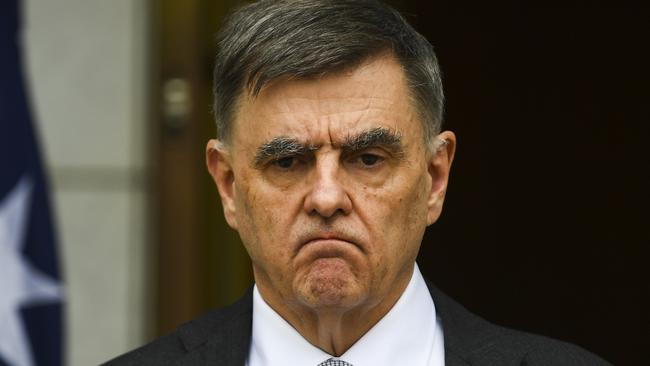
Scott Morrison’s medical advisers have labelled community transmission of COVID-19 as the “most important concern’’ in the fight against the pandemic and are flagging tougher isolation measures if social distancing fails to stop person-to-person spread of the virus.
Chief Medical Officer Brendan Murphy said he was “worried’’ about the growth in Australian cases, but Australia was in a unique situation where more than two-thirds of the new cases were returned travellers or their families.
This had sparked the compulsory 14-day detention of returning travellers for quarantine, announced by the Prime Minister, but concern was now turning to community transmission. While there had been a dramatic improvement in social-distancing measures by the community, if there was a rise in person-to-person transmission, new measures would be recommended.
Professor Murphy’s warning came as a coronavirus cluster emerged at The Alfred hospital in Melbourne.
Two men in their 70s who died of the virus on Wednesday night were cancer patients at the hospital, which confirmed its haematology and oncology ward had been locked down after three staff and four inpatients, including the two men, tested positive for COVID-19. “A full investigation, including contact tracing, is being undertaken to identify the source of transmission, which is still unknown,” the hospital said.
In NSW, there were 145 cases of unknown origin on Friday, a figure described as “a big red alarm bell” by biosecurity experts.
The national tally of cases passed 3150 on Friday, a jump of about 350 since Thursday and more than 2000 over the past week. The death toll stands at 13.
Despite the national increase, NSW — which has the highest number of cases of any state or territory with 1405 — recorded 186 new cases on Friday, falling from the 190 new cases on Thursday and the 211 on Wednesday.
Victoria’s confirmed cases rose 54 people to 574 on Friday, down from a rise of 55 on Thursday and an increase of 67 on Sunday.
But government health advisers are warning against any complacency.
Victorian Chief Health Officer Brett Sutton said this week: “If there’s stabilisation, I would absolutely welcome it.
“It might be a reflection of decreased returnees from international travel, but we know that there are a number of other international travellers who won’t have been detected, who haven’t necessarily complied absolutely with isolation or quarantine, and so we have to be mindful of the fact that (while) there might be a flattening this week, next week we can see a significant increase in numbers.’’
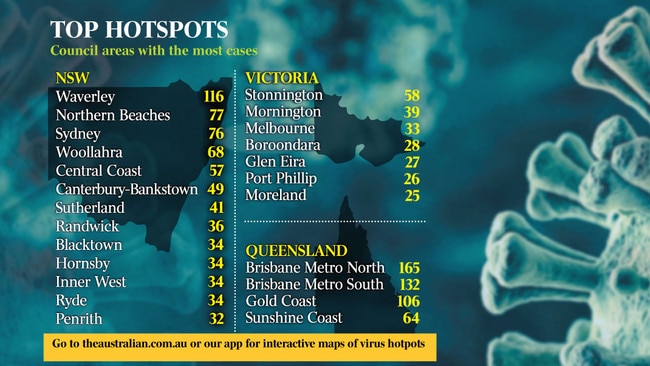
Professor Murphy said there were small amounts of community transmission in Sydney “which is probably the most significant in the country, but tiny pockets in other states’’.
“But we are not kidding ourselves. If community transmission becomes significant, that is the real serious concern. That’s why these social-distancing measures are just so important,” he said. “That’s why they have to be for the long haul. For several months.’’
Professor Murphy said Australia was getting on top of its outbreaks “but we have to closely watch this community transmission’’.
Raina MacIntyre, head of biosecurity at the University of NSW, said the easing of the rate of new cases in some states was the result of travel restrictions put in place weeks ago that only now are starting to influence “the curve”.
Professor MacIntyre modelled the impact of Australia’s travel ban on visitors from mainland China introduced in February, which showed the effects of that ban prevented a “massive epidemic”.
“Generally, with interventions like travel bans, you don’t see a result for two weeks, and that’s also seen in how South Korea’s curve has progressed,” she said.
Professor MacIntyre said the two-week delay meant Australia’s coronavirus tally did not take in the full impact of events, including the Ruby Princess docking and possible community transmission from its passengers.
Waverley, the Sydney council area that takes in beachfront suburbs including Bondi, had the highest infection rate in NSW on Thursday, with 105 cases. The city’s centre and northern beaches ranked second and third in the state. In Victoria, Toorak and South Yarra’s council recorded 57 cases.

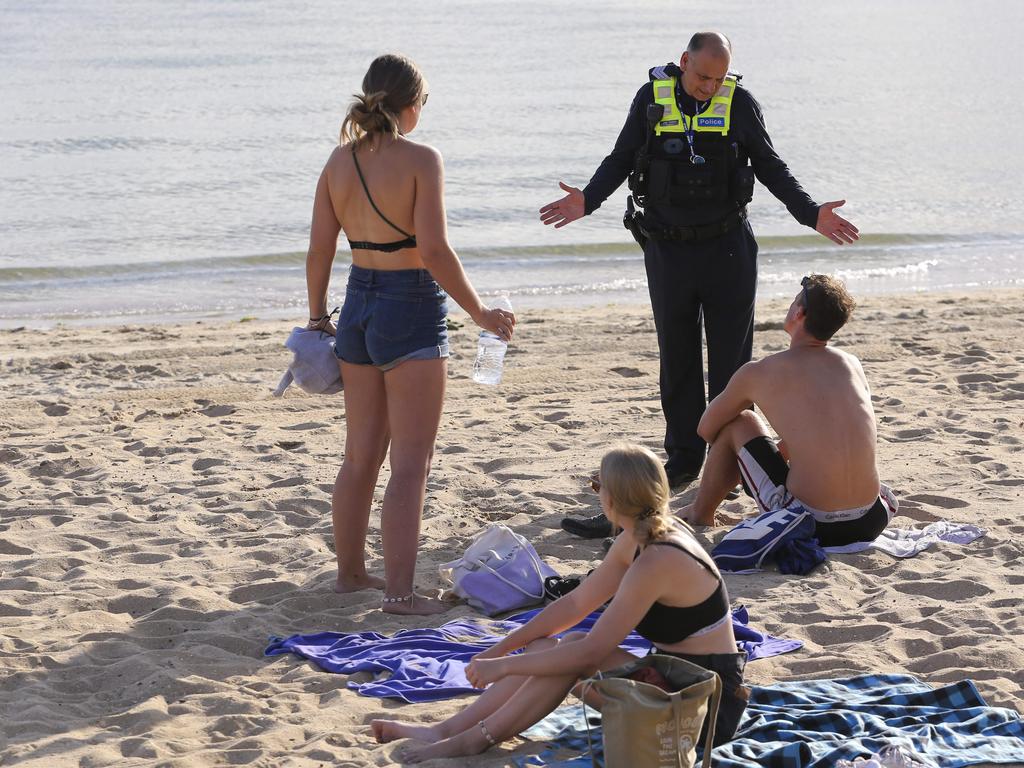

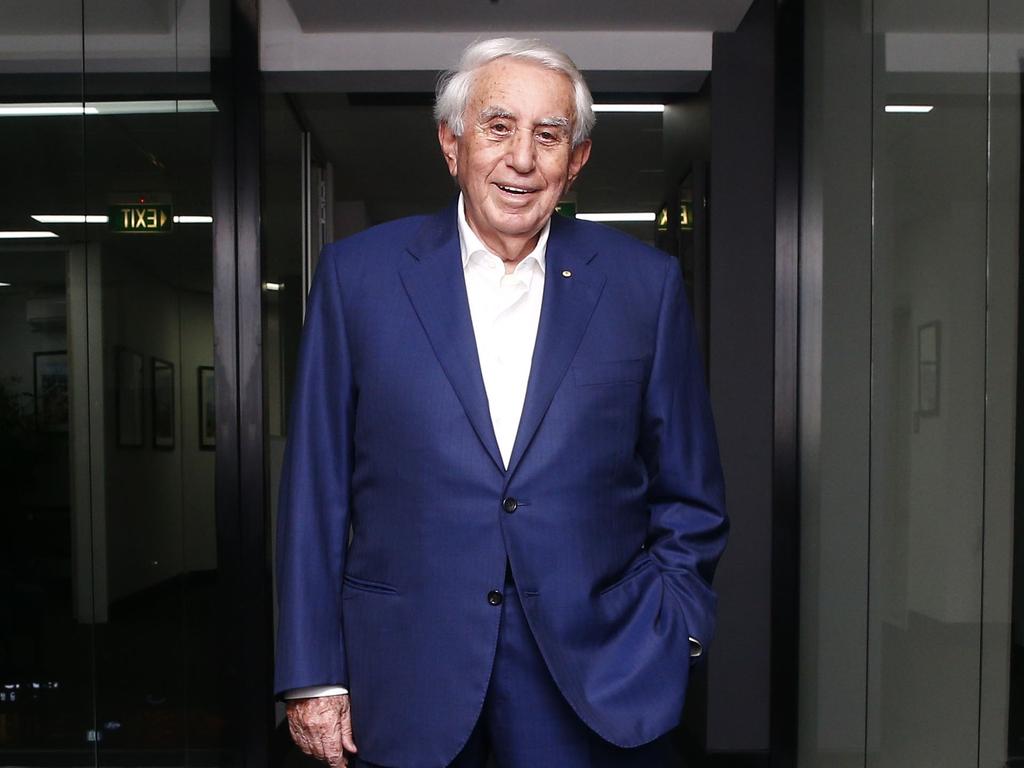
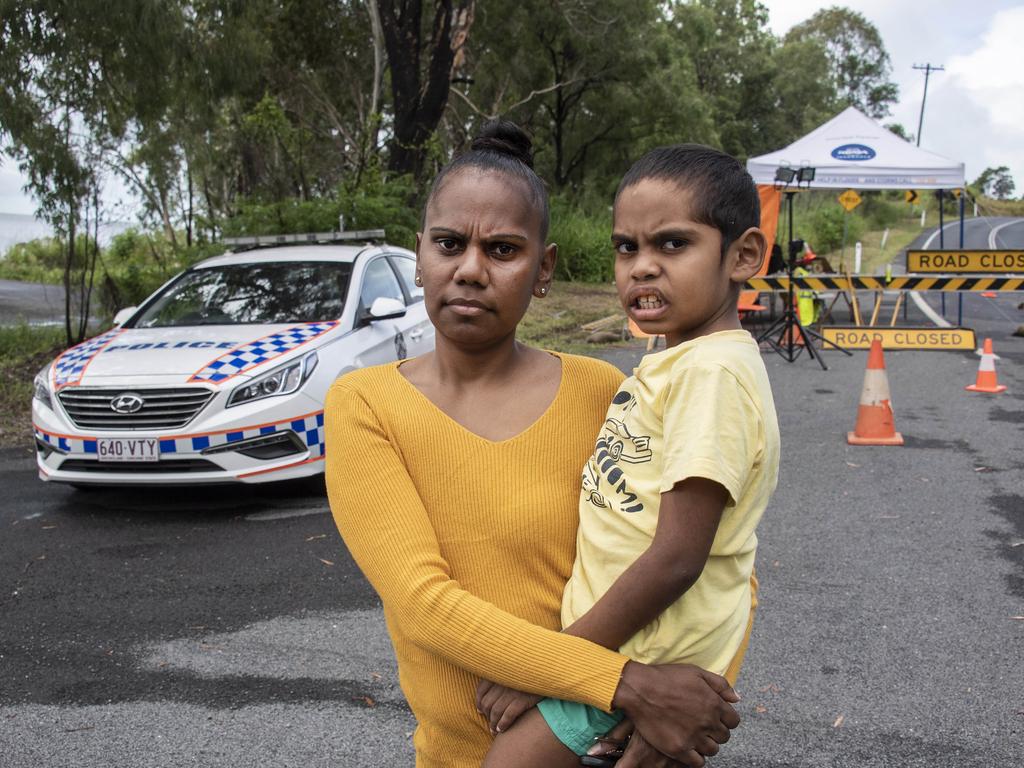
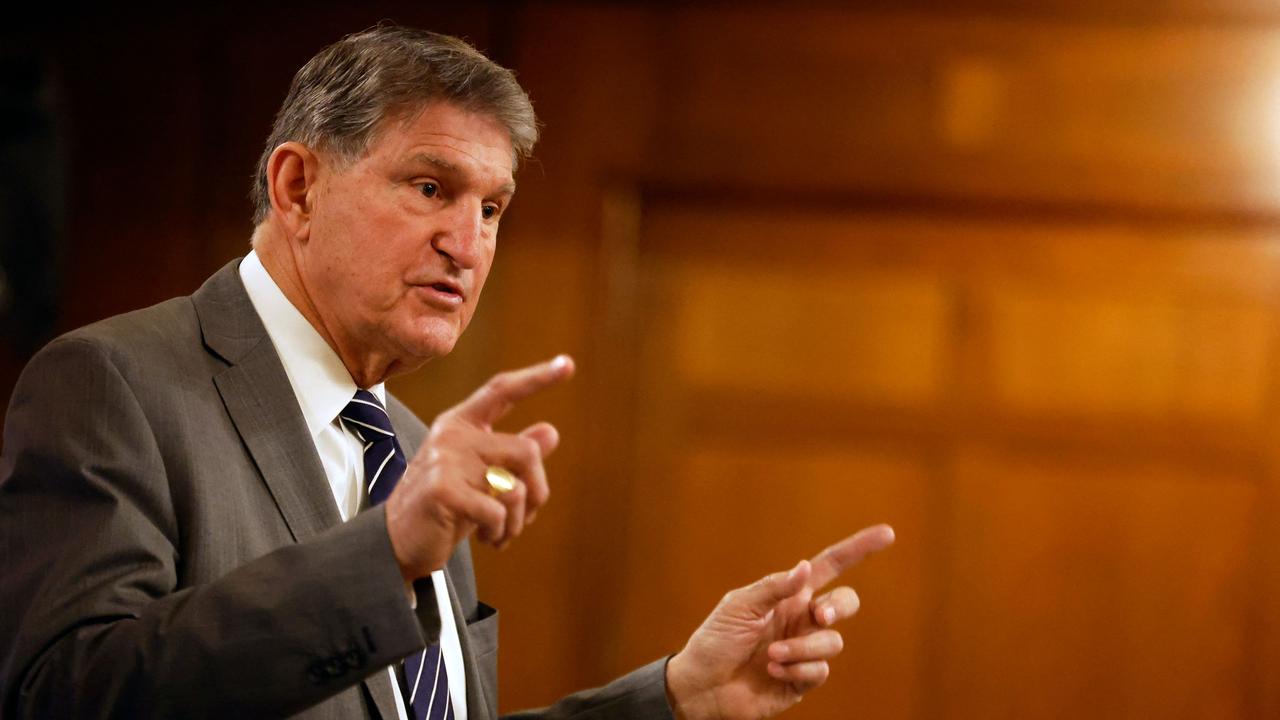
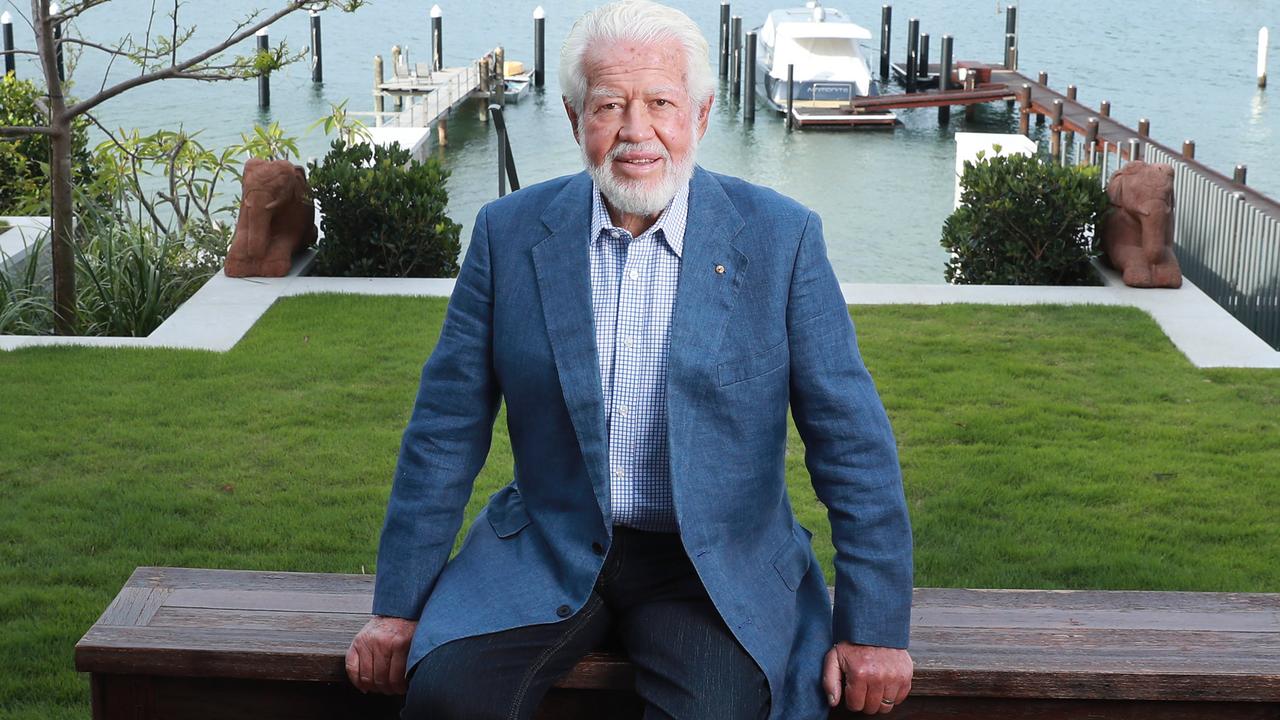
To join the conversation, please log in. Don't have an account? Register
Join the conversation, you are commenting as Logout